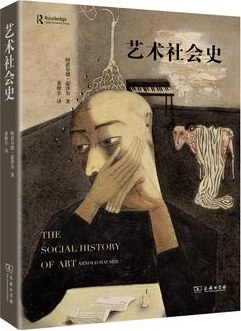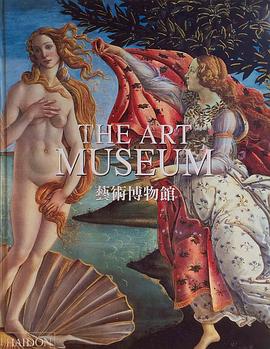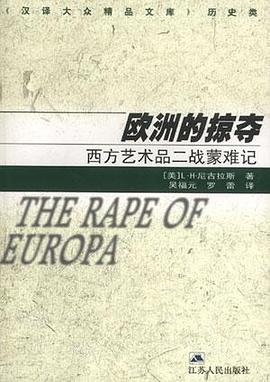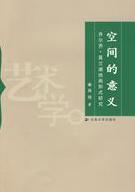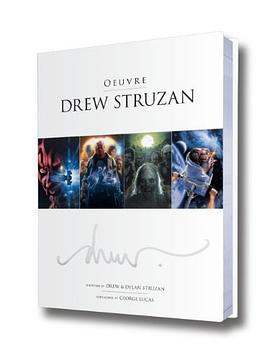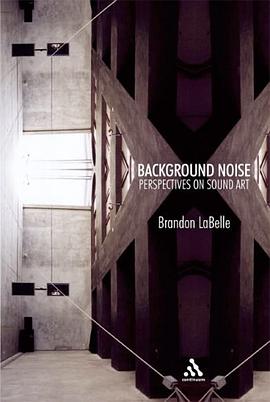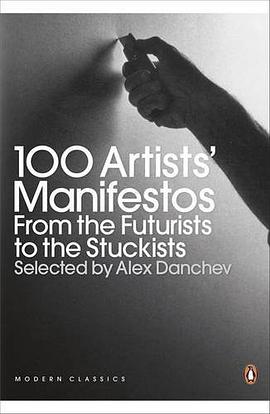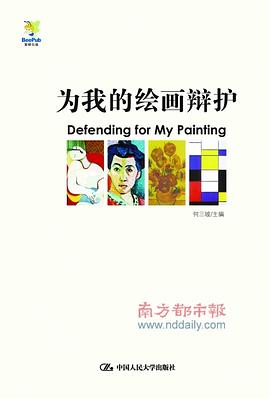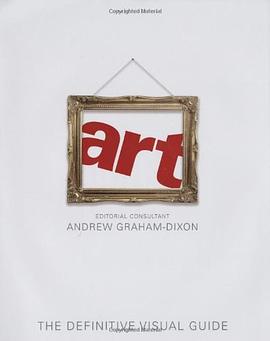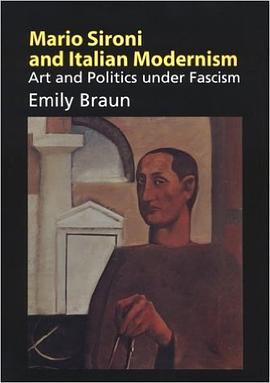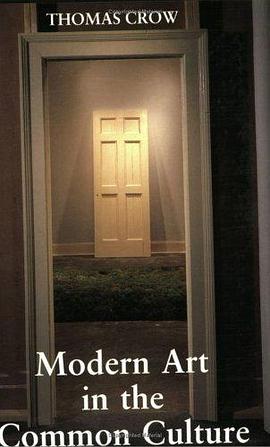

具体描述
"This is a book about making art. Ordinary art. Ordinary art means something like: all art "not" made by Mozart. After all, art is rarely made by Mozart-like people; essentially-statistically speaking-there "aren't" any people like that. Geniuses get made once-a-century or so, yet good art gets made all the time, so to equate the making of art with the workings of genius removes this intimately human activity to a strangely unreachable and unknowable place. For all practical purposes making art can be examined in great detail without ever getting entangled in the very remote problems of genius."--from the Introduction "Art and Fear" explores the way art gets made, the reasons it often "doesn't" get made, and the nature of the difficulties that cause so many artists to give up along the way. The book's co-authors, David Bayles and Ted Orland, are themselves both working artists, grappling daily with the problems of making art in the real world. Their insights and observations, drawn from personal experience, provide an incisive view into the world of art as it is expeienced by artmakers themselves. This is not your typical self-help book. This is a book written by artists, for artists -- it's about what it feels like when artists sit down at their easel or keyboard, in their studio or performance space, trying to do the work they need to do. First published in 1994, "Art and Fear" quickly became an underground classic. Word-of-mouth response alone-now enhanced by internet posting-has placed it among the best-selling books on artmaking and creativity nationally. "Art and Fear" has attracted a remarkably diverse audience, ranging from beginning to accomplished artists in every medium, and including an exceptional concentration among students and teachers. The original Capra Press edition of "Art and Fear" sold 80,000 copies. An excerpt: Today, more than it was however many years ago, art is hard because you have to keep after it so consistently. On so many different fronts. For so little external reward. Artists become veteran artists only by making peace not just with themselves, but with a huge range of issues. You have to find your work...
作者简介
大卫•贝尔斯(David Bayles),美国摄影师、环保人士。早年在大学研习社会学,但由于对摄影情有独钟而放弃了自己的专业。曾在摄影家安塞尔•亚当斯(Ansel Adams,1902—1984)的工作室学习和工作,从事过商业摄影,开设有自己的工作室。20世纪80年代中后期,加入美国西部的环保组织“太平洋河流”(Pacific Rivers),至今仍是它的执行理事。他与老朋友特德•奥兰德合作完成了这部鼓舞创作者从事创作的书籍,还独立著有《共同景观笔记:解读美国西部》(Notes on a Shared Landscape: Making Sense of the American West)。
特德•奥兰德(Ted Orland),美国摄影师。曾在设计大师查尔斯•埃姆斯(Charles Eames,1907—1978)的工作室做平面设计,后为摄影家安塞尔•亚当斯担任助理,并协助后者完成了在优胜美地拍摄的知名系列风景照片。他还从事教学和写作,开设有自己的工作室,并出版有《工作室入口的视角:艺术家如何探索未知世界》(The View From the Studio Door: How Artists Find Their Way In An Uncertain World)。
目录信息
读后感
[https://mobile.tingtingfm.com/v3/vod/2/ea8RsGRbGd] 2019年5月21日,中信美术馆馆长曾孜荣先生与读库副主编杨芳州女士在北京故事广播《读书俱乐部》栏目对谈《艺术与恐惧》。 一本分析创作困境的书, 一本鼓励创意工作的书, 一本不止在谈艺术的书, 一本不太容易分类的书,...
评分 评分第一部 摒弃一切疑虑,如此方能清楚看到自己已做了什么,并意识到接下来该如何行事。创作自己想要的作品,就意味着你要从作品本身汲取力量,因为如今已经不是拥有信仰、真理和确定性的时代了。 要成为一名艺术家必须学会接受自己,唯有如此作品才能拥有自己的风格,忠于自我才...
评分相信每一个深陷创作泥潭的人都知道,走一条艺术的道路是何等的艰难。这条路上的每一个阶段都会发生让你意想不到的事情。 这些事情都是什么呢?或者是你畏惧于前路的黑暗,还没有推开大门的时候,就震颤于门庭的高大,于是你宁愿选择一扇看起来平常的门,你也知道这扇门背后是一...
评分《哈利波特》中,卢平对哈利说:你很聪明,害怕的是恐惧本身。可是问题来了,到底什么是恐惧呢? 不确定性会带来恐惧:不确定自己能不能完成作品,不确定作品会不会被喜欢,不确定会不会被认可,不确定…… 有一天我对体制内的朋友说,有时候很羡慕你们,有安稳的工作和生活。...
用户评价
作为一个时刻在自我唾弃的深渊中准备消亡的企图做艺术的人,一口气读完这本书,我又有了点想继续企图做艺术的勇气。
评分作为一个时刻在自我唾弃的深渊中准备消亡的企图做艺术的人,一口气读完这本书,我又有了点想继续企图做艺术的勇气。
评分前半部分到处都是金句。对创意工作者来说这本堪称暗夜里的灯塔。「the seed for your next art work lies embedded in the imperfections of your current piece.」「One of the basic and difficult lessons every artist must learn is that even the failed pieces are essential.」
评分充满真诚的洞见。读完应该是舒畅的—-无论你是不是在创作,无论你从事什么职业。读完还在习惯性仰视的,大抵没读懂,也从未创造过。
评分入行前的读,如遇知音。现在如果再度,恐怕感触会不一样吧?推荐。
相关图书
本站所有内容均为互联网搜索引擎提供的公开搜索信息,本站不存储任何数据与内容,任何内容与数据均与本站无关,如有需要请联系相关搜索引擎包括但不限于百度,google,bing,sogou 等
© 2025 book.quotespace.org All Rights Reserved. 小美书屋 版权所有

